What is this tree and how do I trim it?
Andrew Filice
4 years ago
last modified: 4 years ago
Featured Answer
Sort by:Oldest
Comments (11)
Lil S
4 years agoAndrew Filice
4 years agoRelated Professionals
Golden Gate Landscape Contractors · Lexington Landscape Contractors · Wentzville Landscape Contractors · Palos Hills Landscape Contractors · Arbutus Decks, Patios & Outdoor Enclosures · Fullerton Decks, Patios & Outdoor Enclosures · Myrtle Beach Decks, Patios & Outdoor Enclosures · New Lenox Decks, Patios & Outdoor Enclosures · Glenn Heights Swimming Pool Builders · Fillmore Landscape Architects & Landscape Designers · Mountain Brook Landscape Architects & Landscape Designers · Edmond Landscape Contractors · Tinton Falls Landscape Contractors · Wilton Landscape Contractors · Glenn Heights Swimming Pool BuildersAndrew Filice
4 years agoYardvaark
4 years agofloral_uk z.8/9 SW UK
4 years agolaceyvail 6A, WV
4 years agoemmarene9
4 years ago
Related Stories

SHOP HOUZZBestselling Christmas Trees and Trim
Greenery, ornaments and lights to deck your halls in a most festive way
Full Story0

SHOP HOUZZChristmas Trees and Trim
Tie the ribbon on your holiday decor with these festive favorites
Full Story0

GARDENING GUIDESGreat Design Tree: Australian Tea Tree
A living sculpture with an unmistakable appearance, this coastal native creates an intriguing landscape scene
Full Story
TRIMTrim Color Tips: Get Your White Trim Right
Set off wood tones, highlight architectural features, go minimalist ... white trim is anything but standard when you know how to use it
Full Story
GARDENING GUIDESTree Care: Common Tree Diseases and What to Do About Them
Learn to recognize trees that may be affected by diseases or pests so you can quickly take action
Full Story
FUN HOUZZEverything I Need to Know About Decorating I Learned from Downton Abbey
Mind your manors with these 10 decorating tips from the PBS series, returning on January 5
Full Story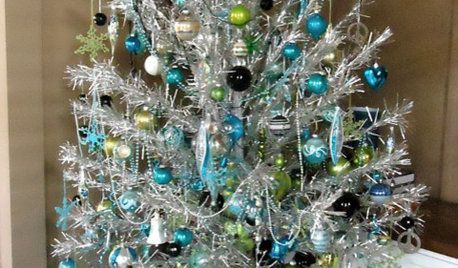
DECORATING GUIDESGuest Picks: Make a Fashionista Christmas Tree
Take cues from Hermes, Burberry and Tiffany & Co. for your tree trimmings this year
Full Story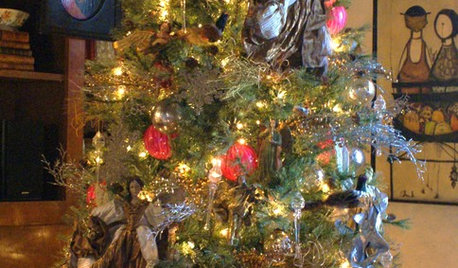
HOLIDAYSChristmas Tree Decorating the Painless Way
Holidays are for carols, not cussing. Make tree trimming less work and more fun with this guide at your side
Full Story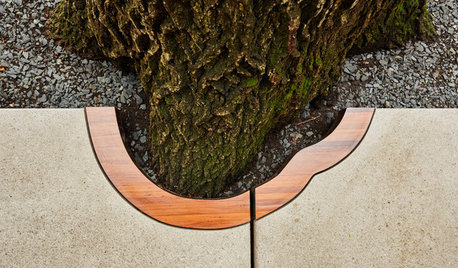
THE ART OF ARCHITECTUREDouble Take: What’s Happening Around That Tree?
Wood-trimmed concrete pavers highlight a stately oak at the entrance to an International Style home by Ralph Rapson
Full Story





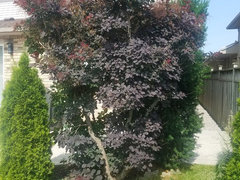
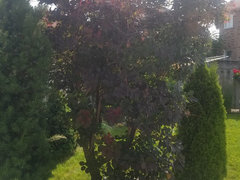


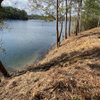


Dig Doug's Designs